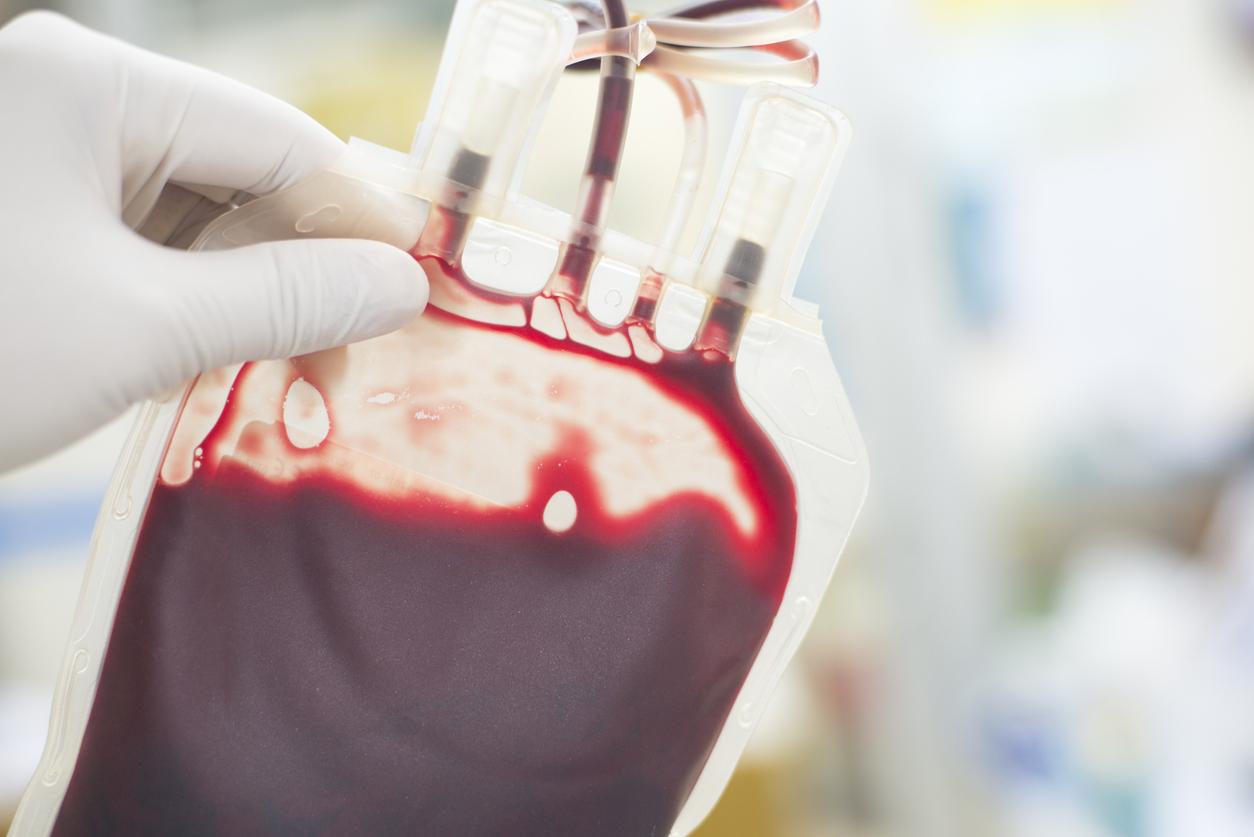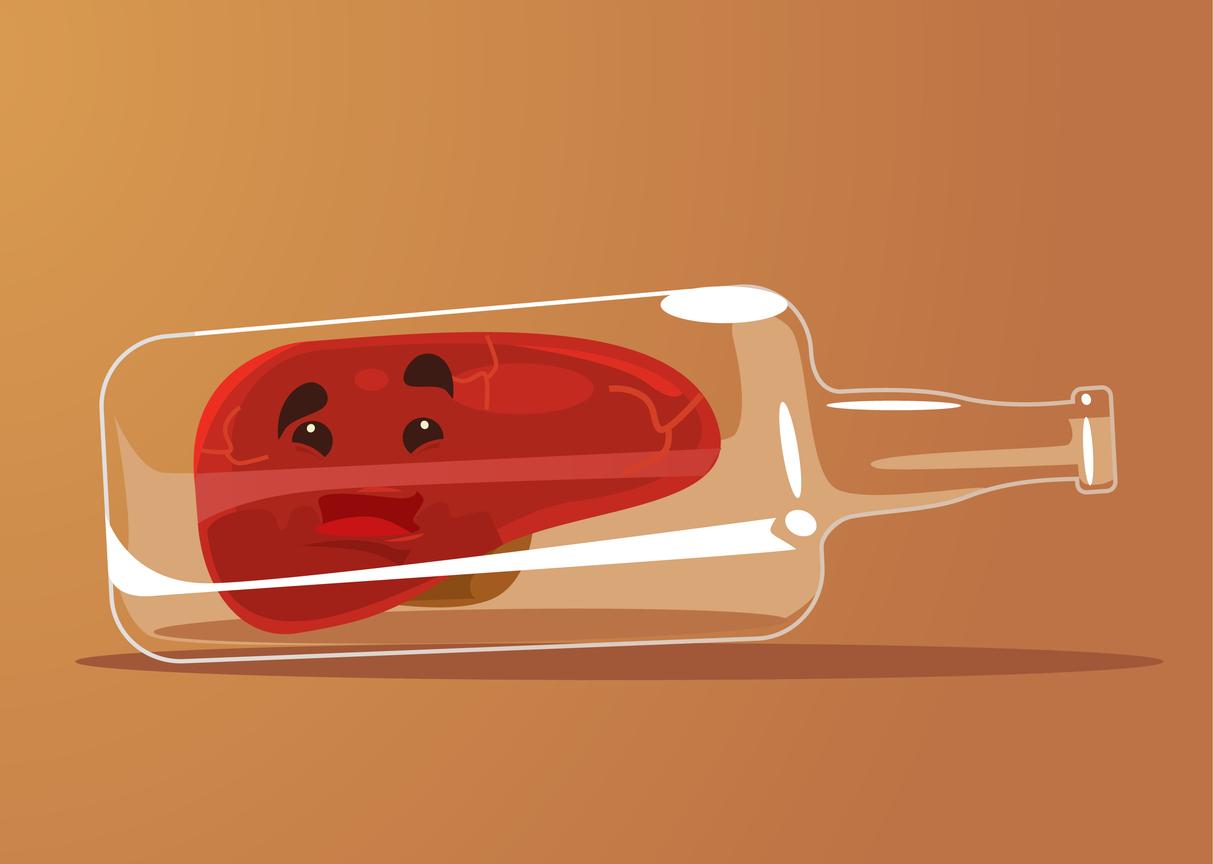Researchers have succeeded in circulating human blood through a pig liver. A world first.

- There is currently no way to replace liver function with a machine, as can be done with kidney dialysis.
- Unfortunately, some patients die before receiving their new liver due to a lack of available donors.
- Scientists have successfully conducted a new experiment on a pig liver that could ultimately help solve this problem.
Organ transplantation is one of the most incredible advances in 20th century medicine. But unfortunately, many people die before being able to benefit from it.
In order to find solutions to this lack of availability, researchers successfully conducted a new experiment. “Every time a patient dies while waiting for a transplant, it is a tragedy, so we strive to find new ways to prolong their lives,” said Dr. Abraham Shaked in a press release.
Injection of human blood into a pig’s liver: why such an experiment?
Last December, a man’s circulatory system and breathing were artificially maintained after his team and doctors confirmed brain death. A pig’s liver, genetically modified to minimize the risk of rejection, was then connected to the deceased’s liver via a perfusion.
The deceased person’s blood then began to circulate through the pig’s liver, bypassing its own liver. The man and animal were then monitored for 72 hours, during which no inflammation was observed.
If this new approach is validated by the scientific community, it could make it possible to keep patients with fatal liver disease alive for a longer period of time, thus maximizing their chances of obtaining a transplant.
This technique could also be used as a temporary treatment for people with liver damage.
“The success of the first part of our study is important for people suffering from liver failure because it offers a glimpse of innovative solutions for patients who would otherwise be destined to die while waiting for a transplant.”summarizes Dr Abraham Shaked.
Injection of human blood into a pig liver: research continues
There is currently no way to replace liver function with a machine, as can be done with kidney dialysis, so patients with liver failure have no choice but to transplant. .
Building on their first success, the scientists are now working with three other deceased donors. Their procedure will be tested on donors whose livers have been removed in order to determine if it can really constitute a “bridge” towards transplantation.

















